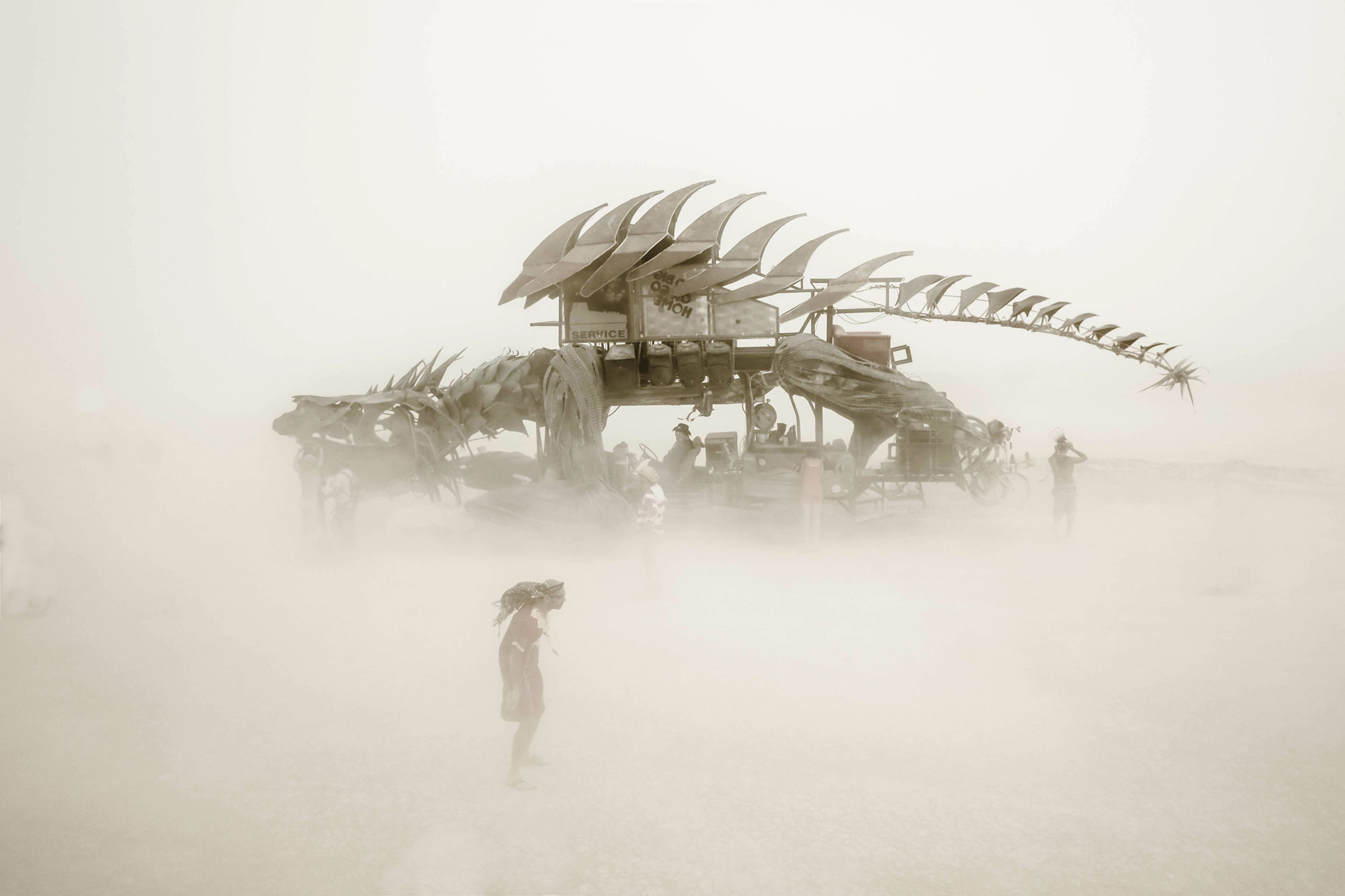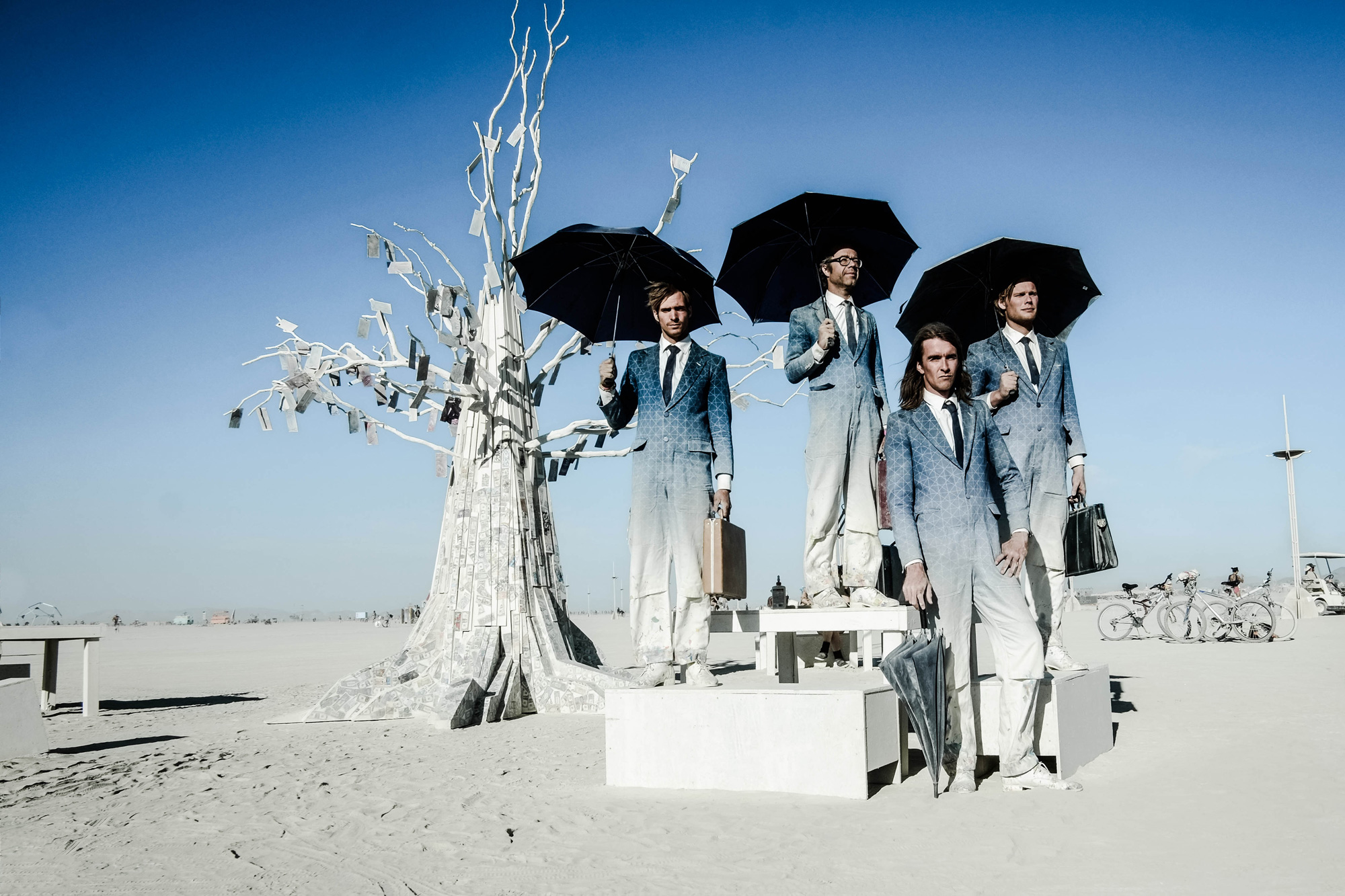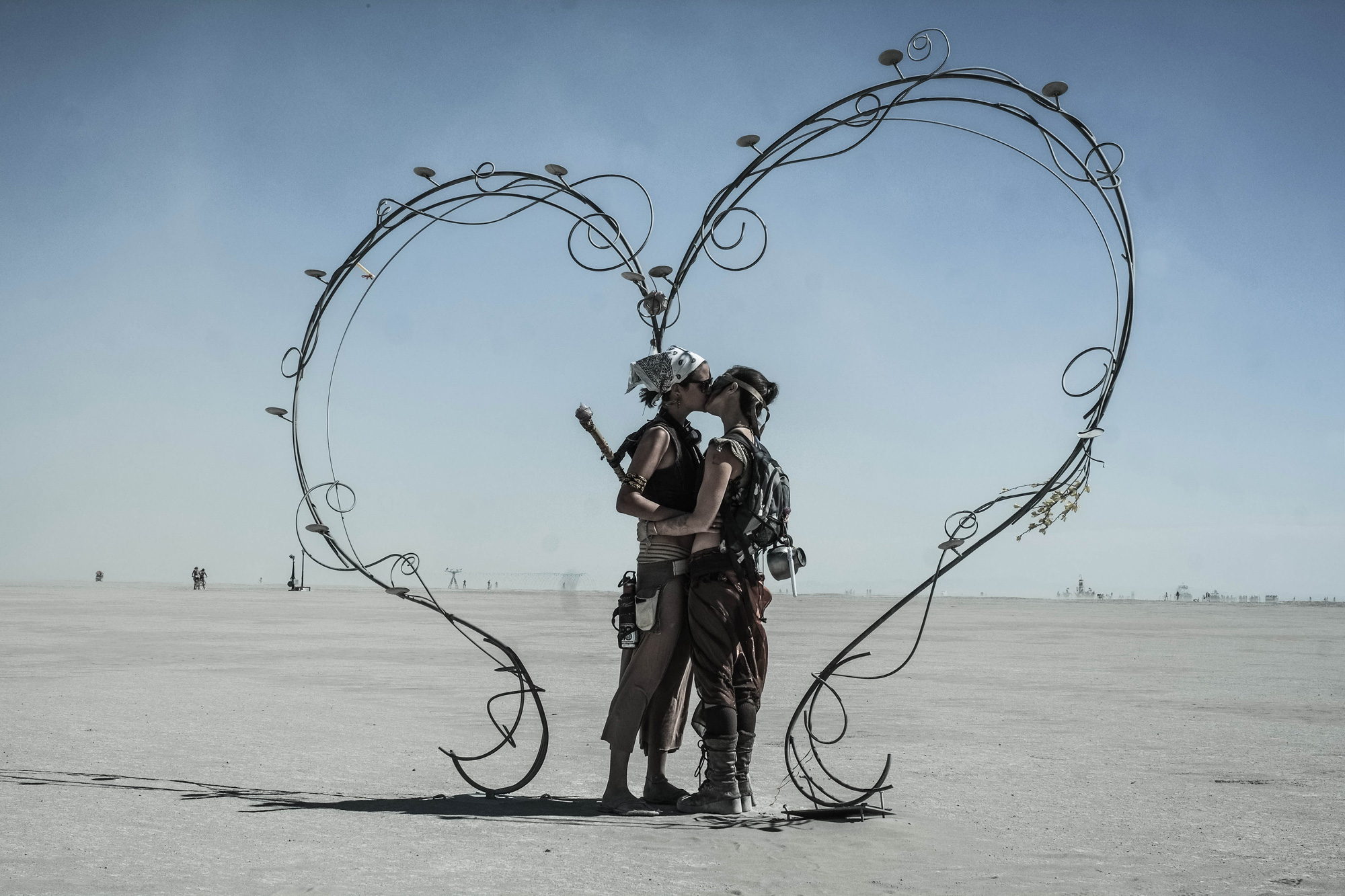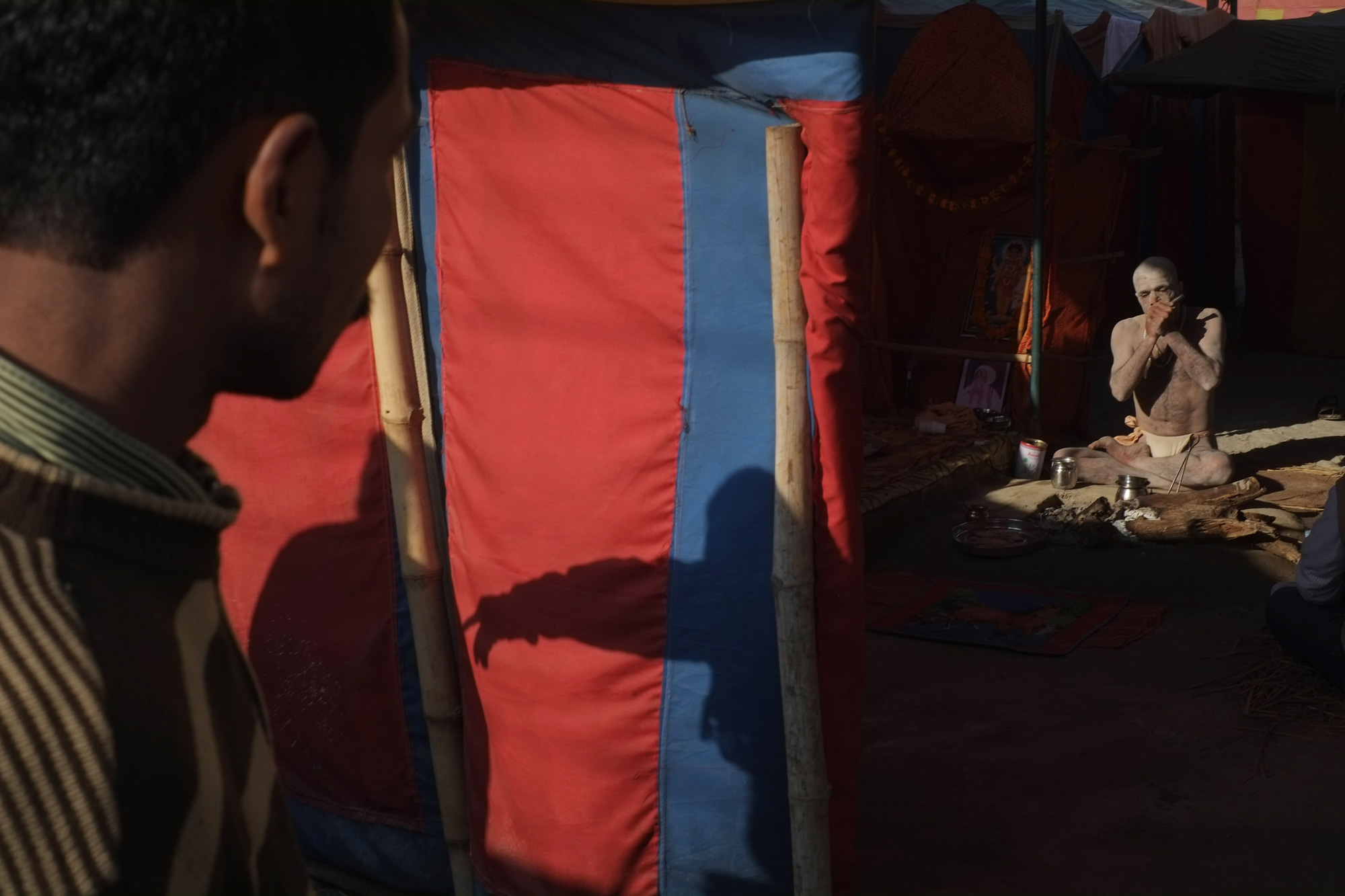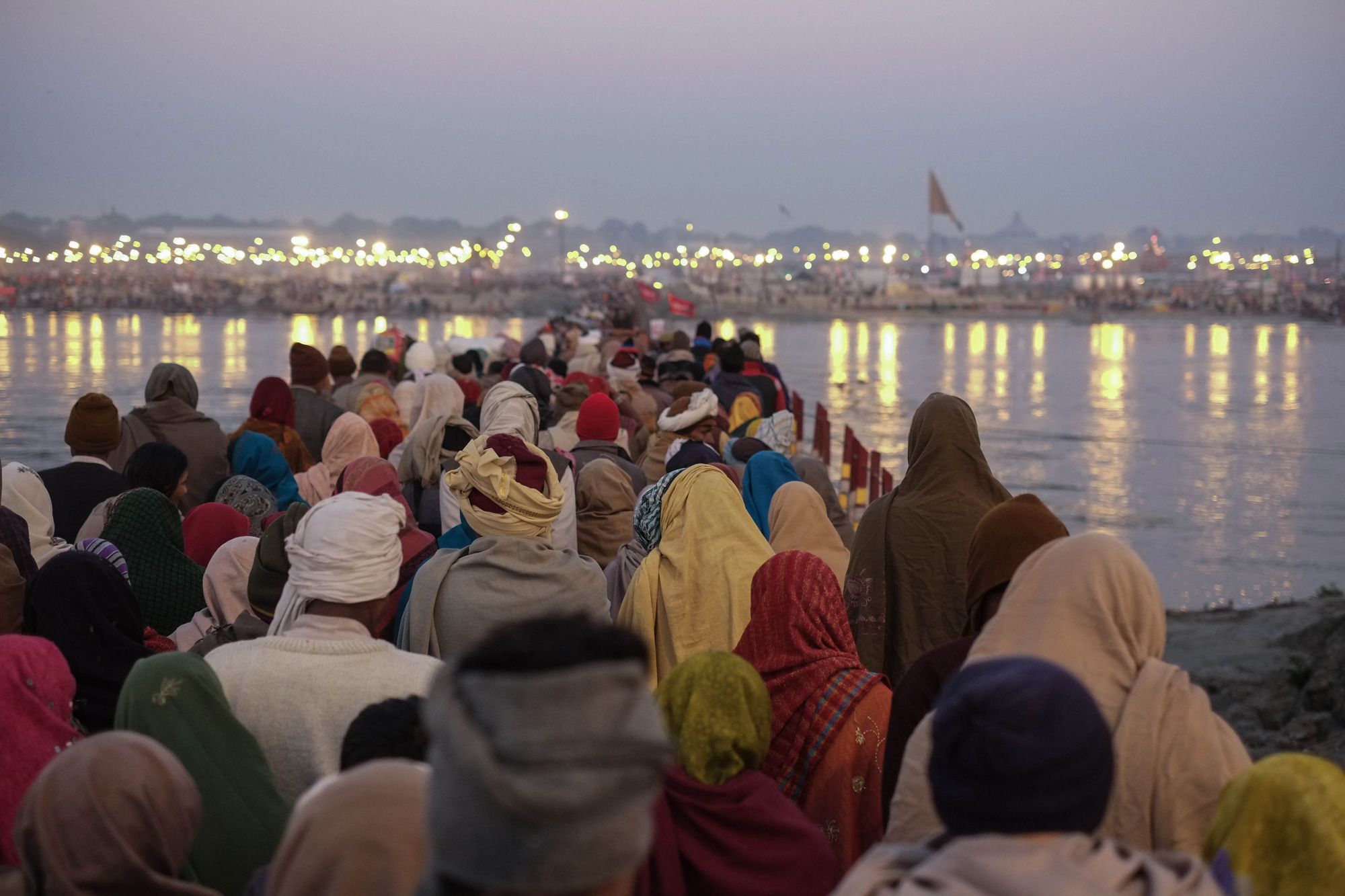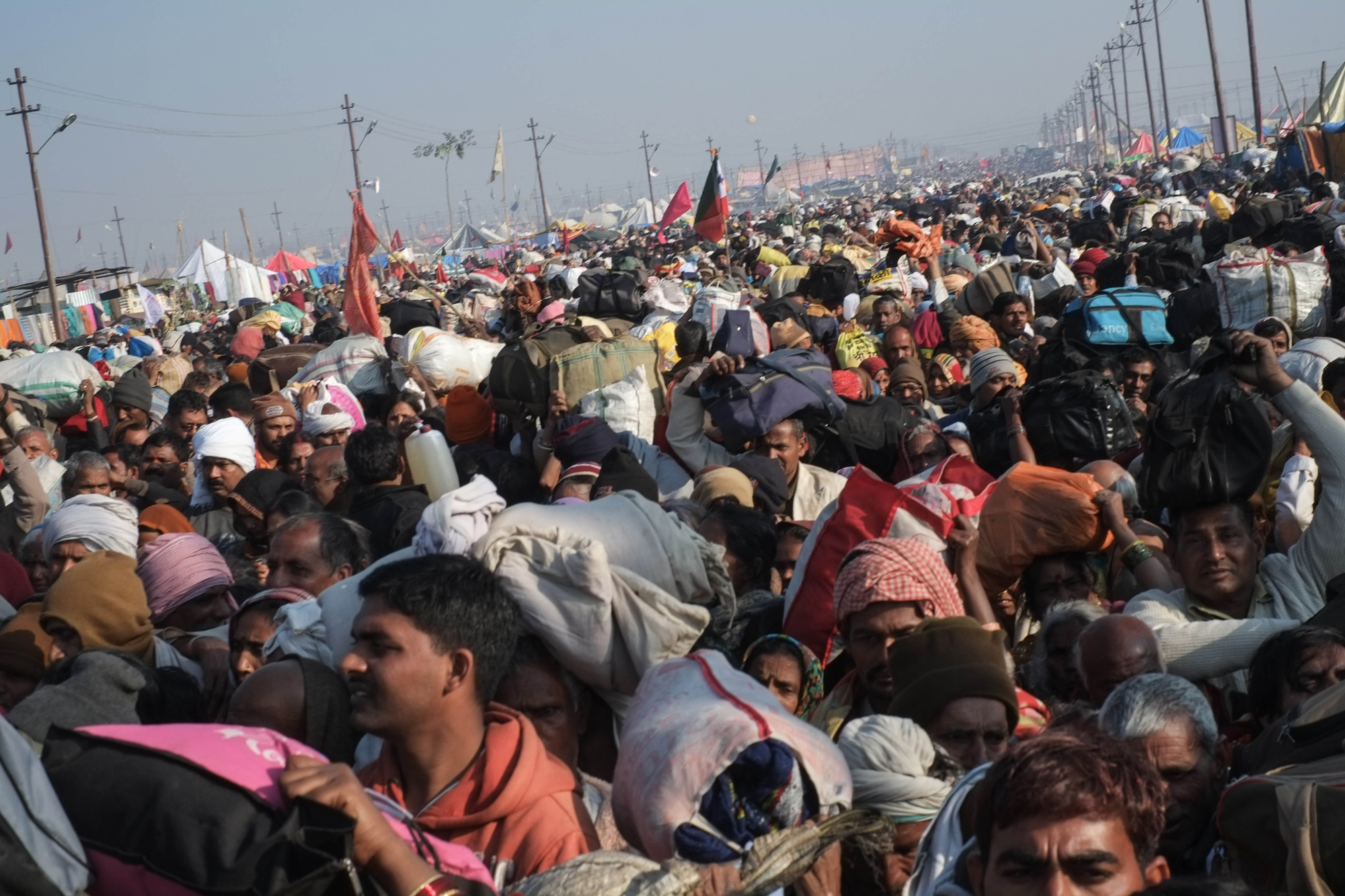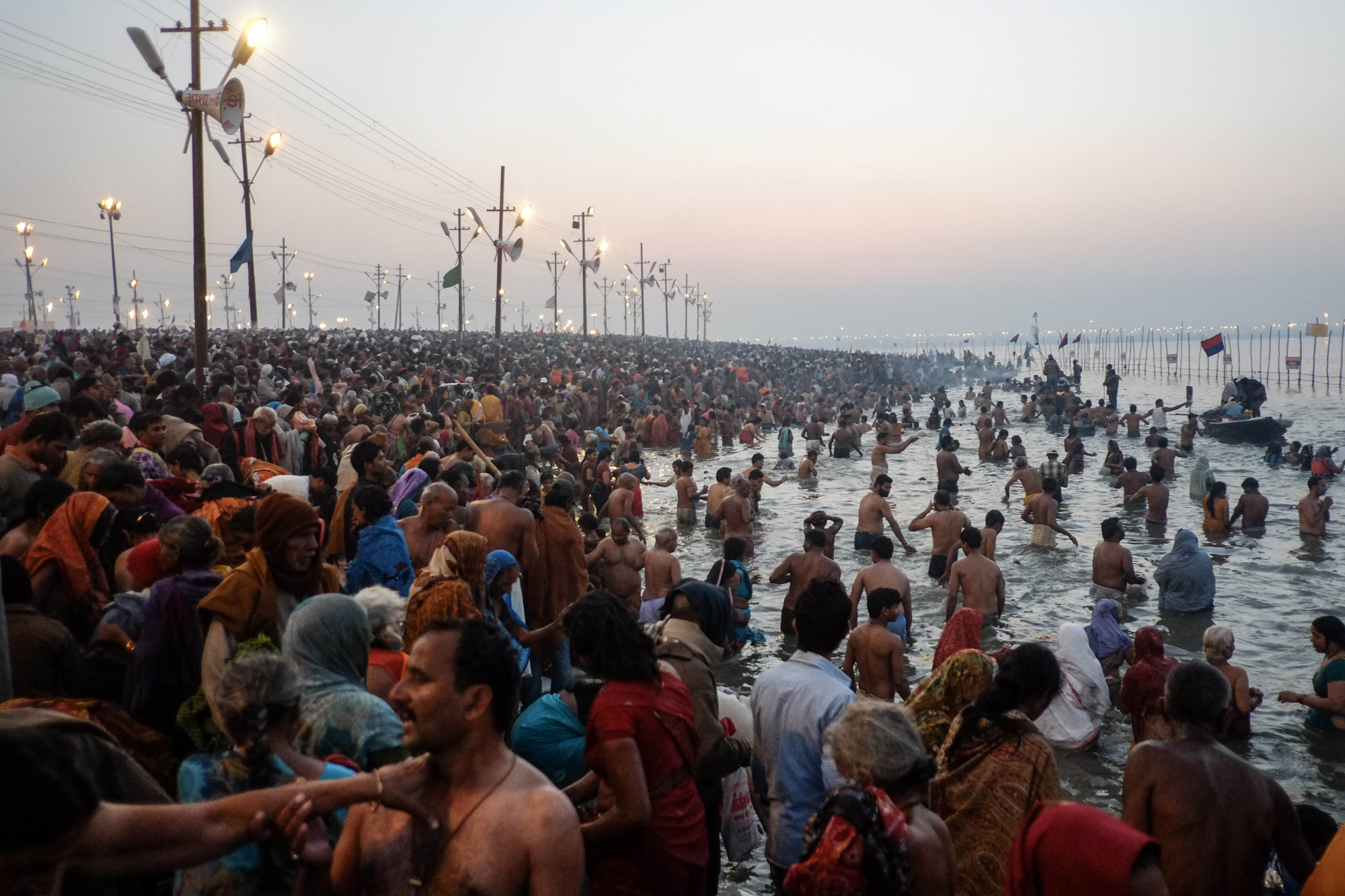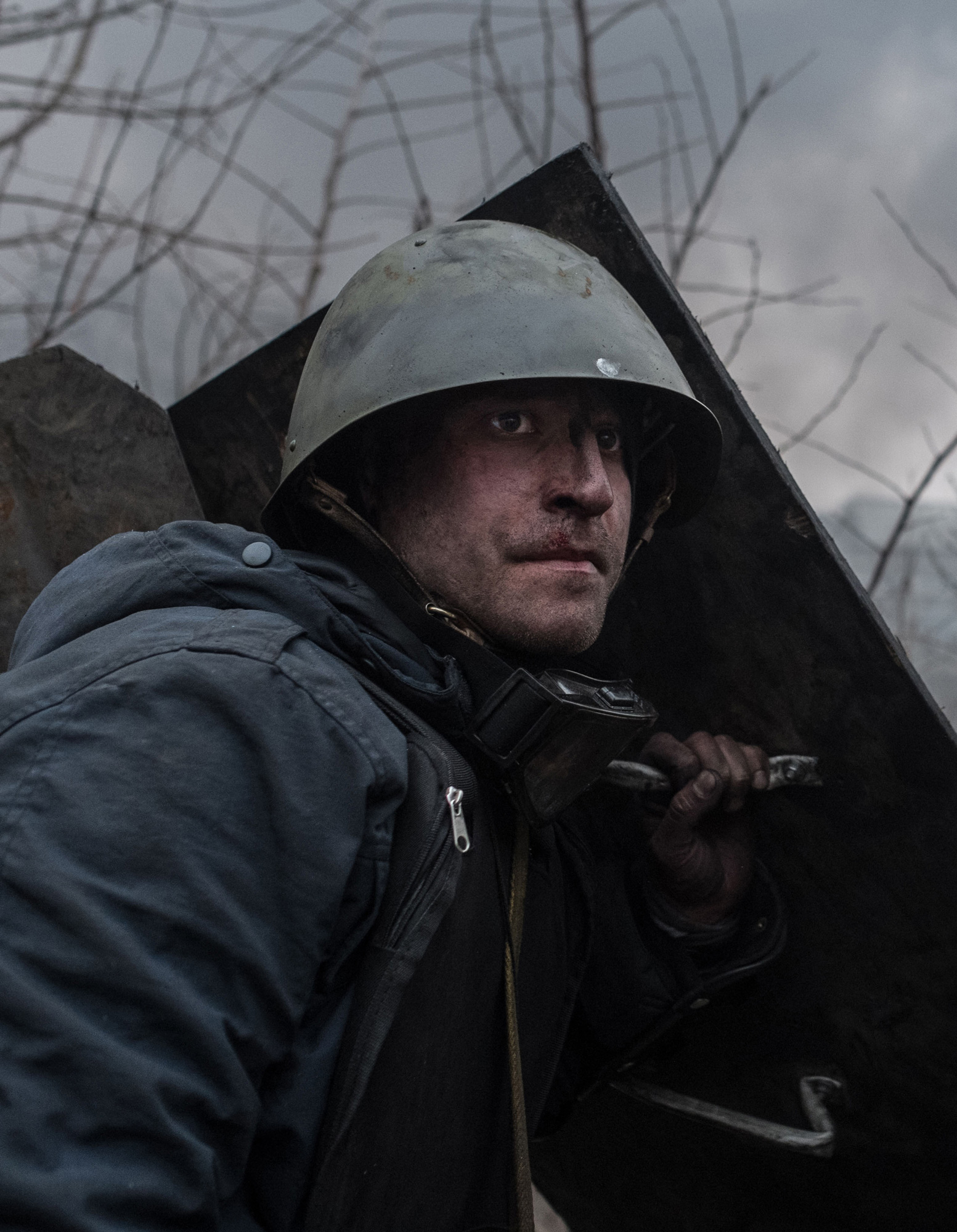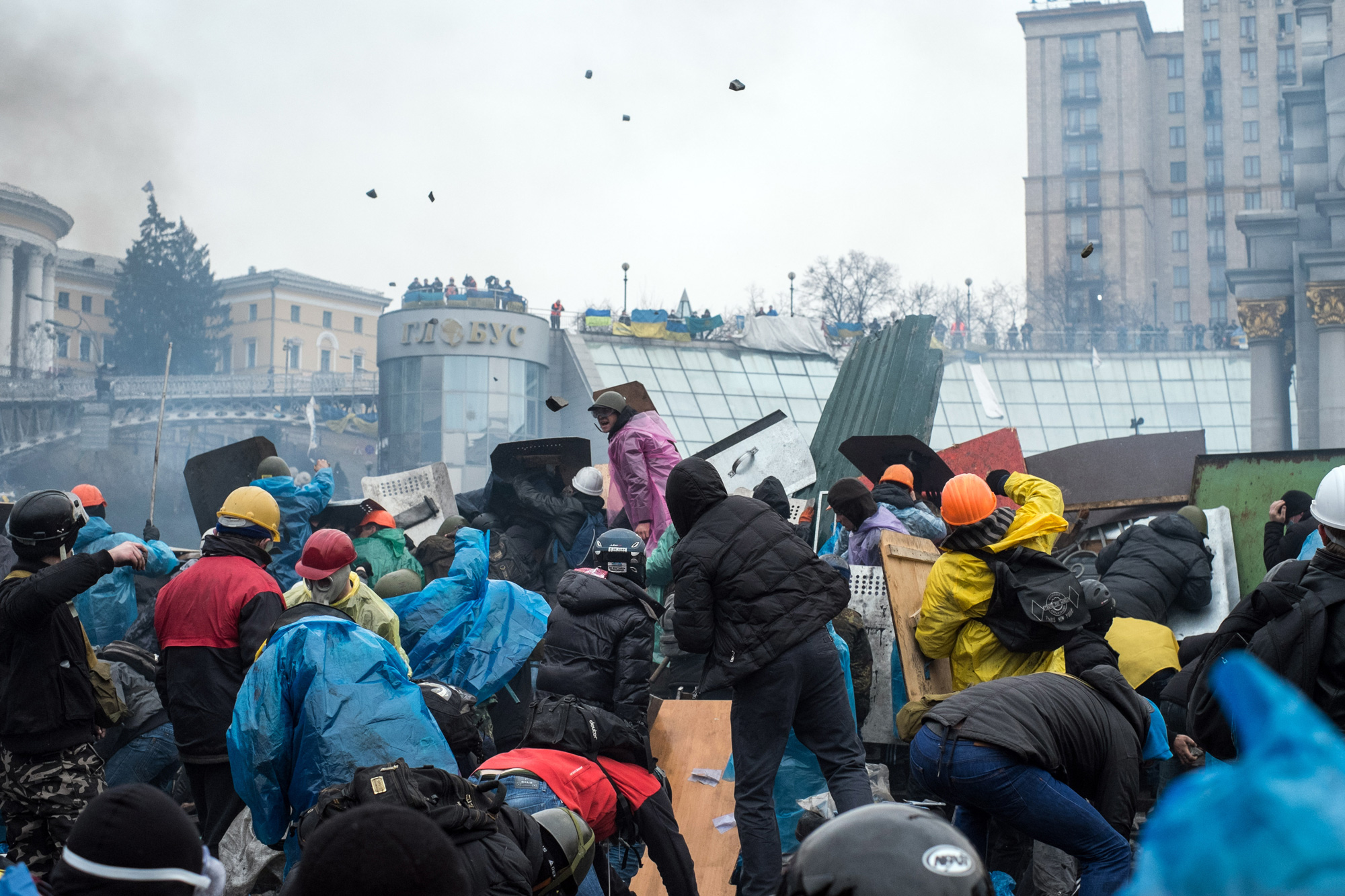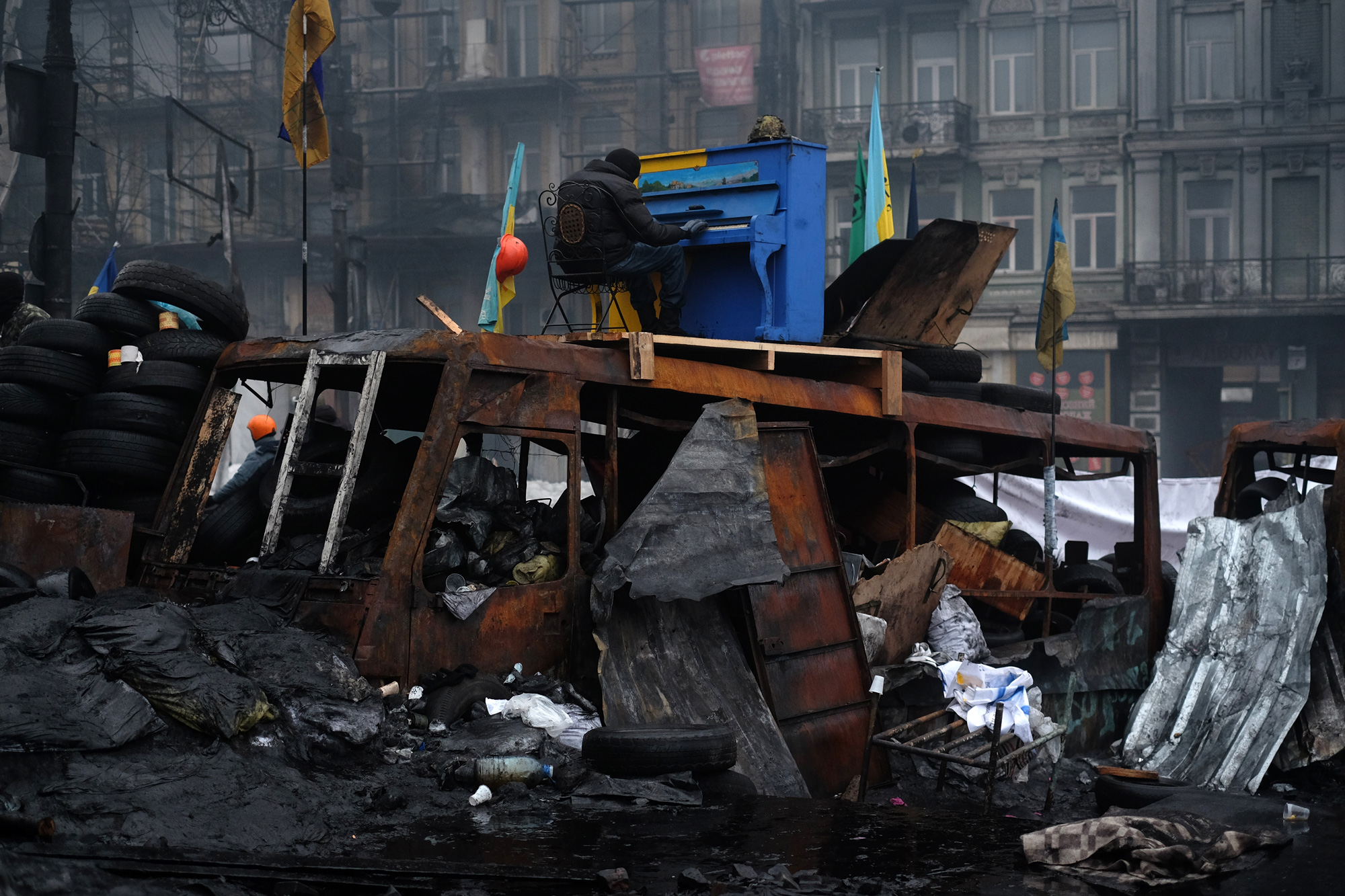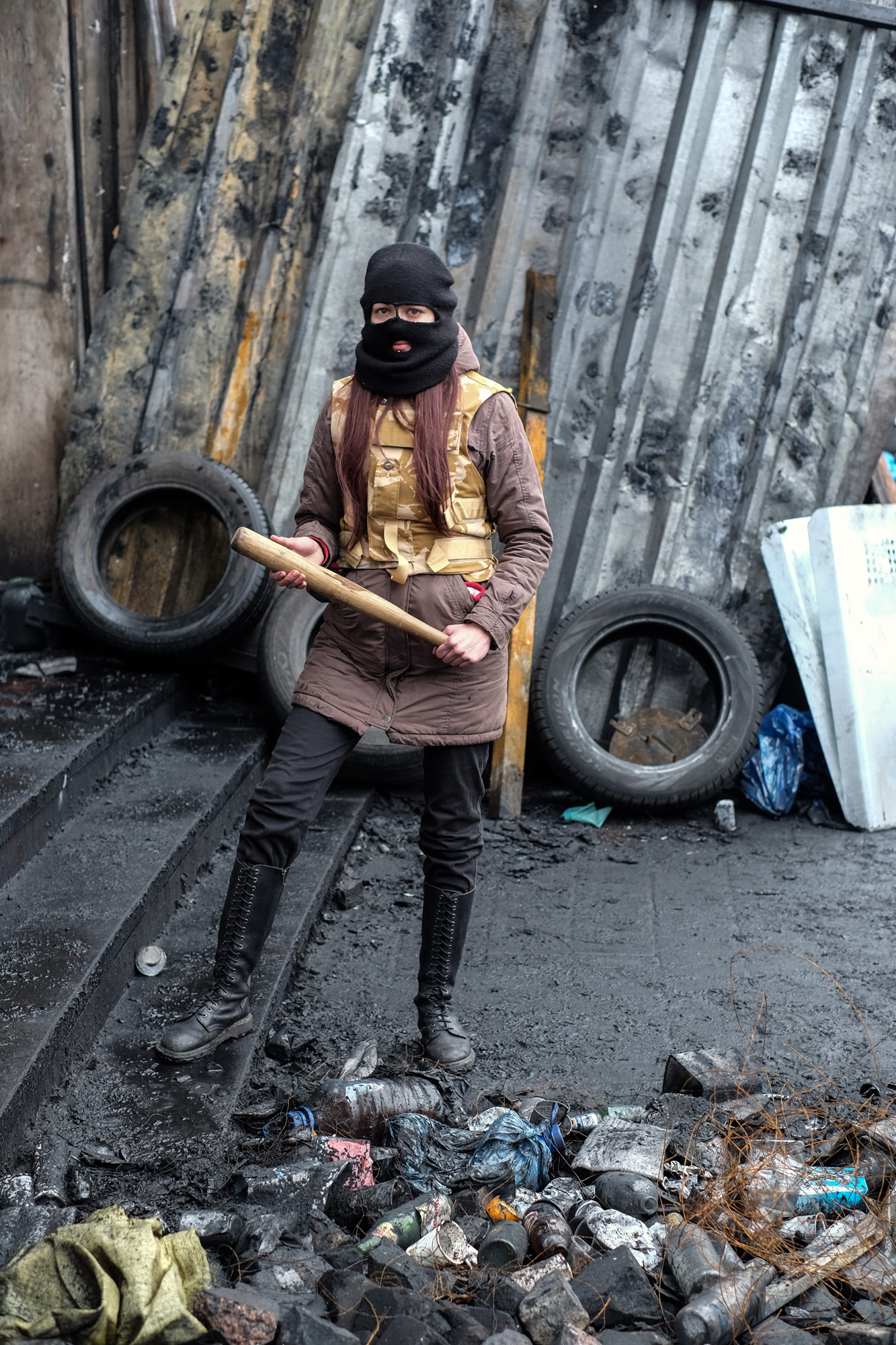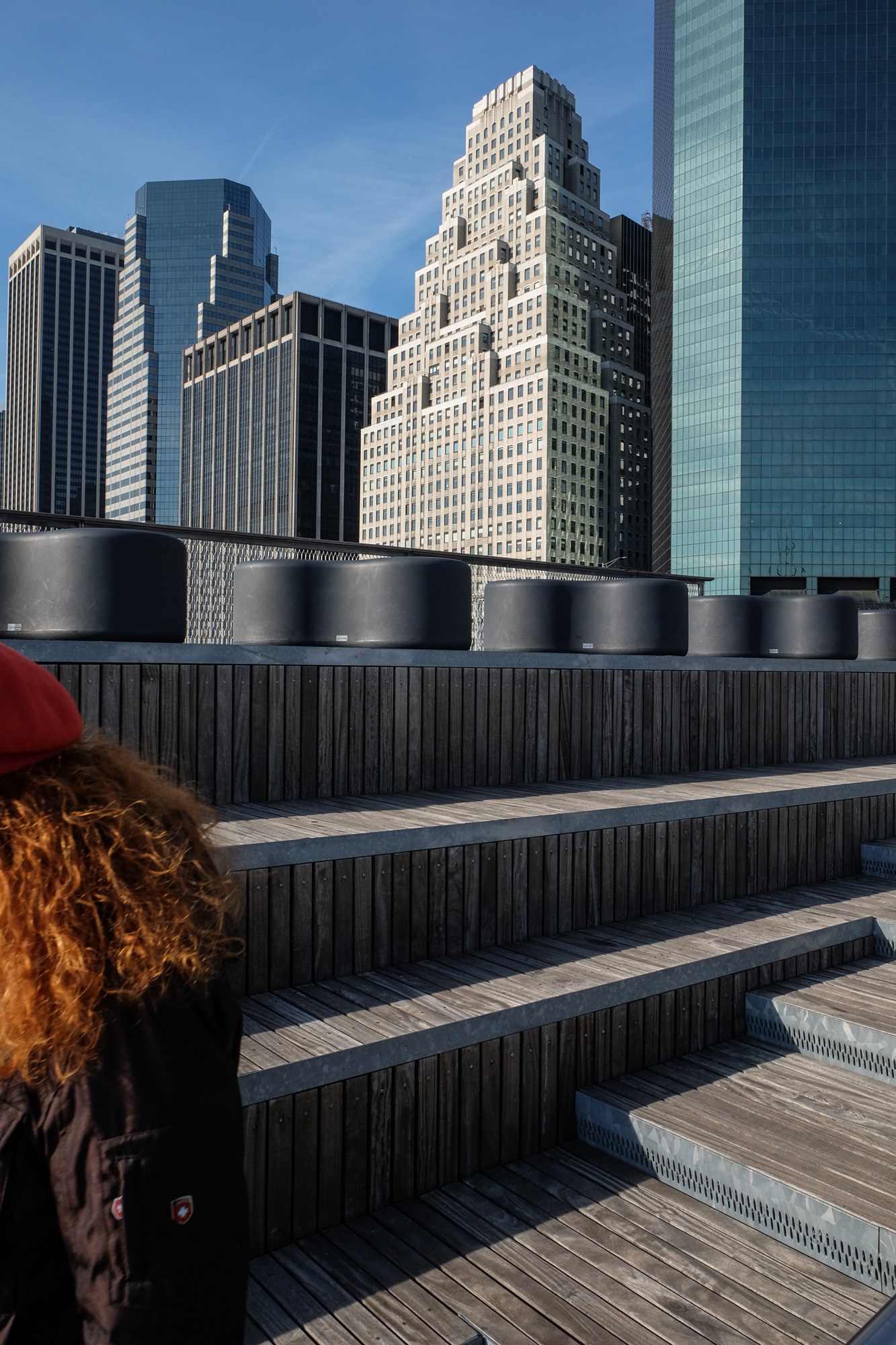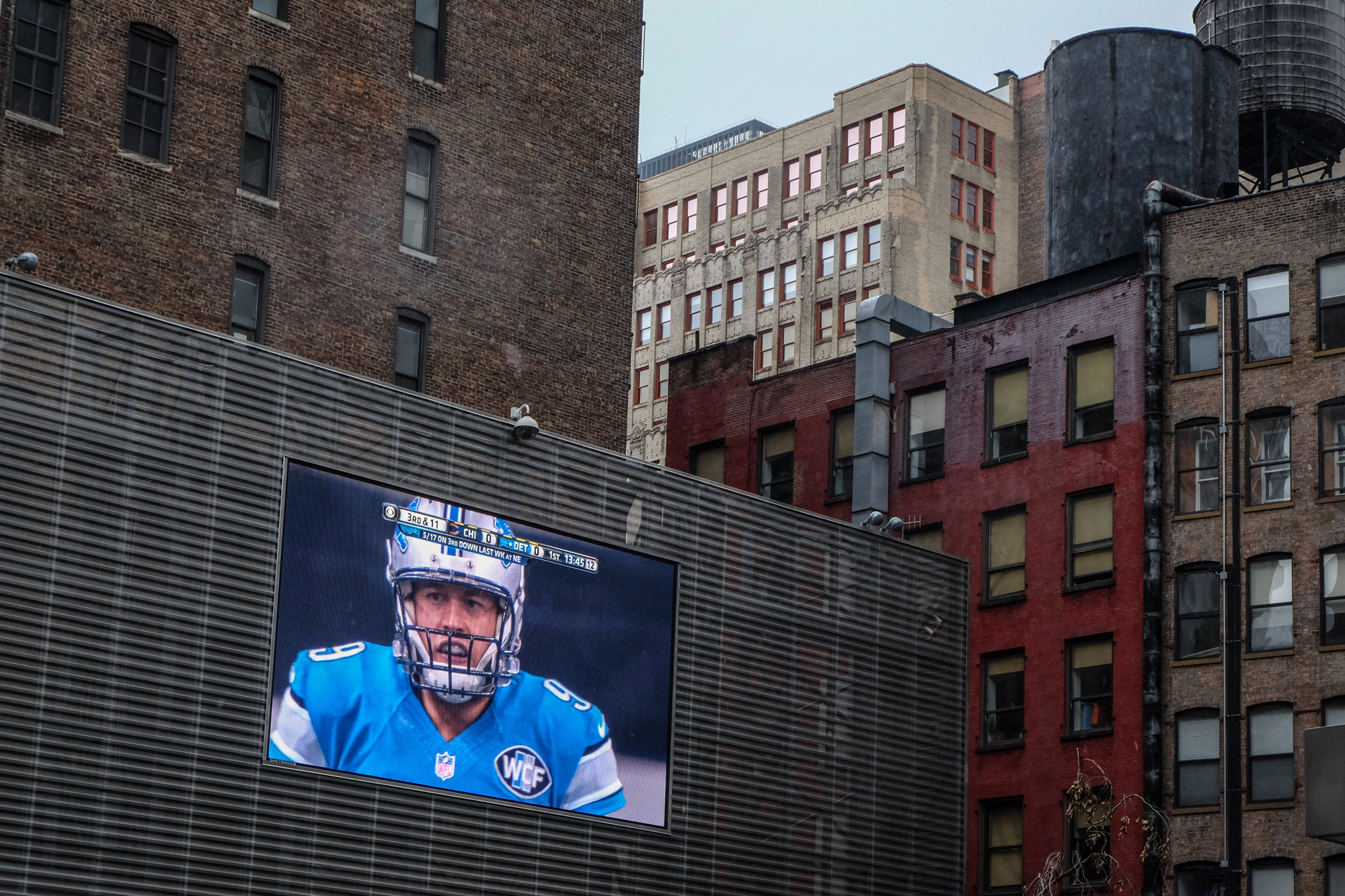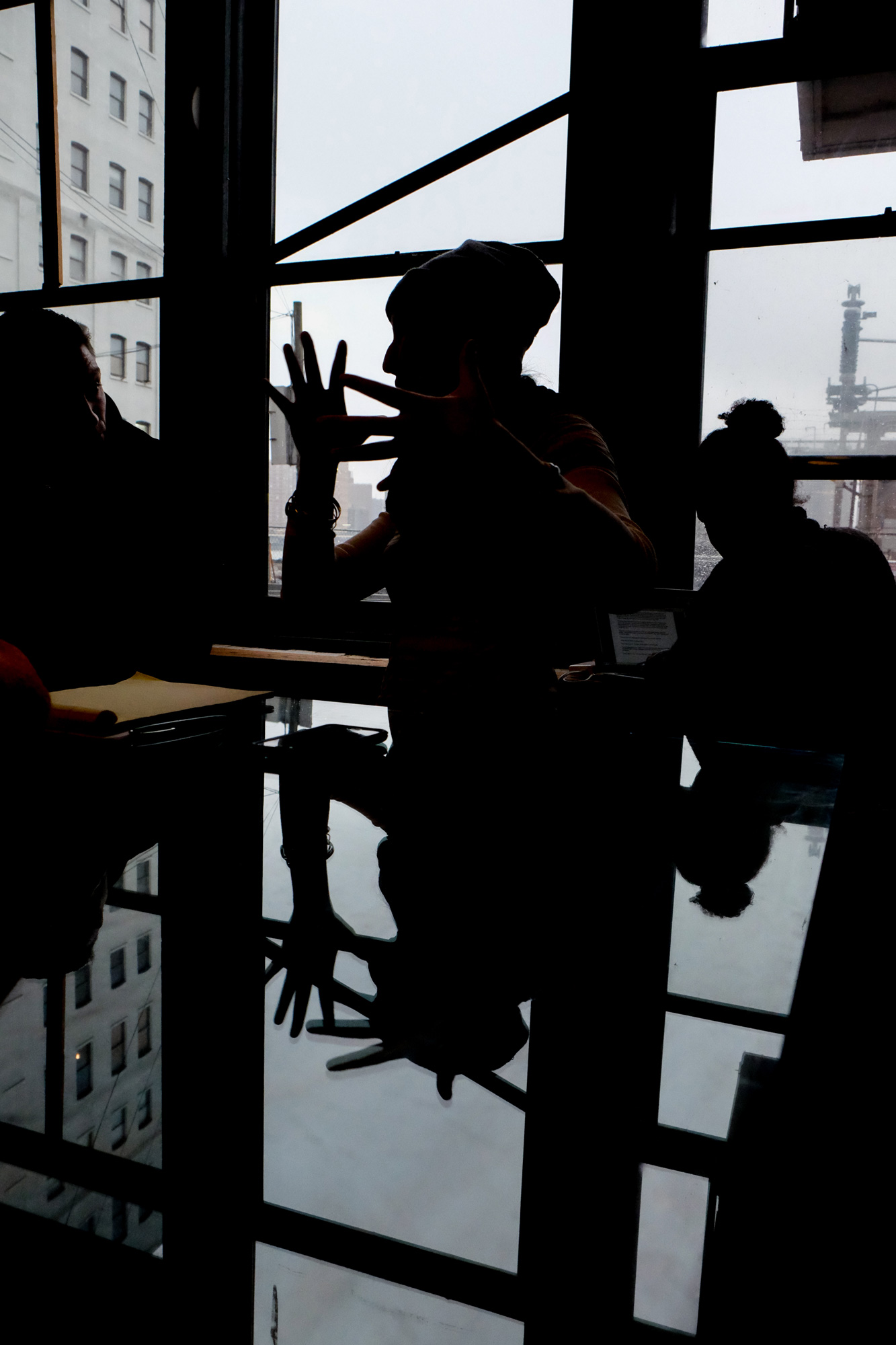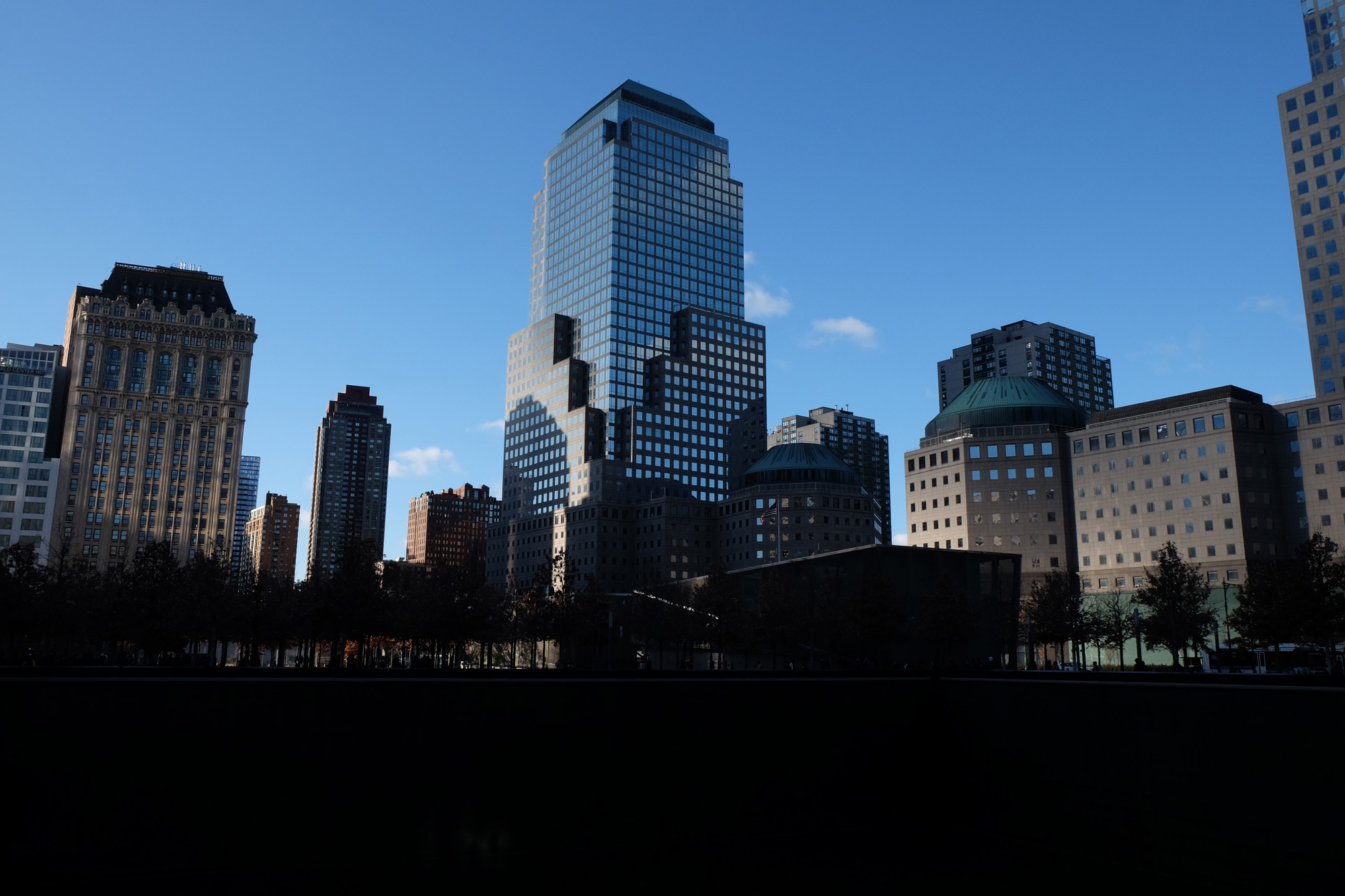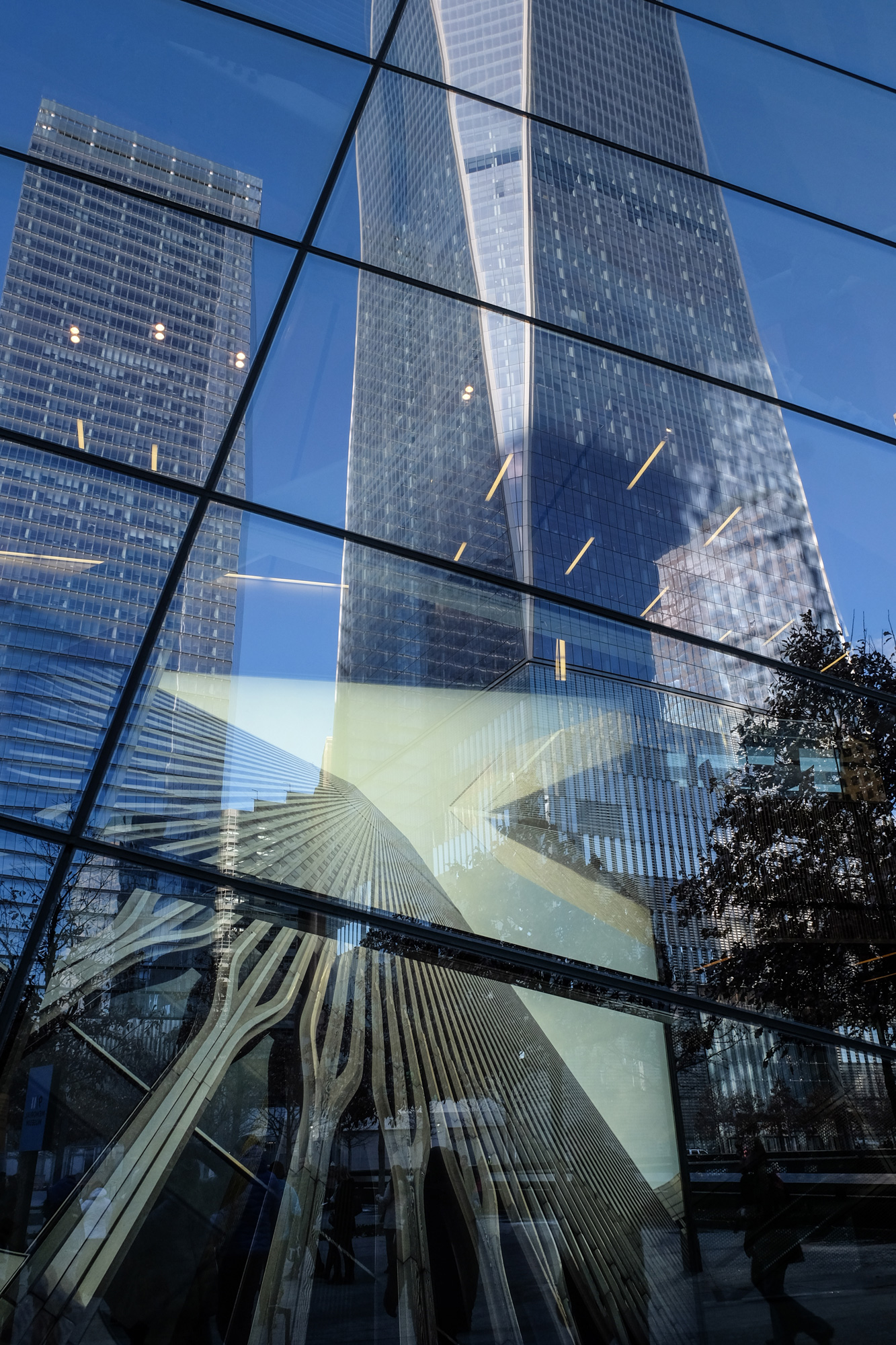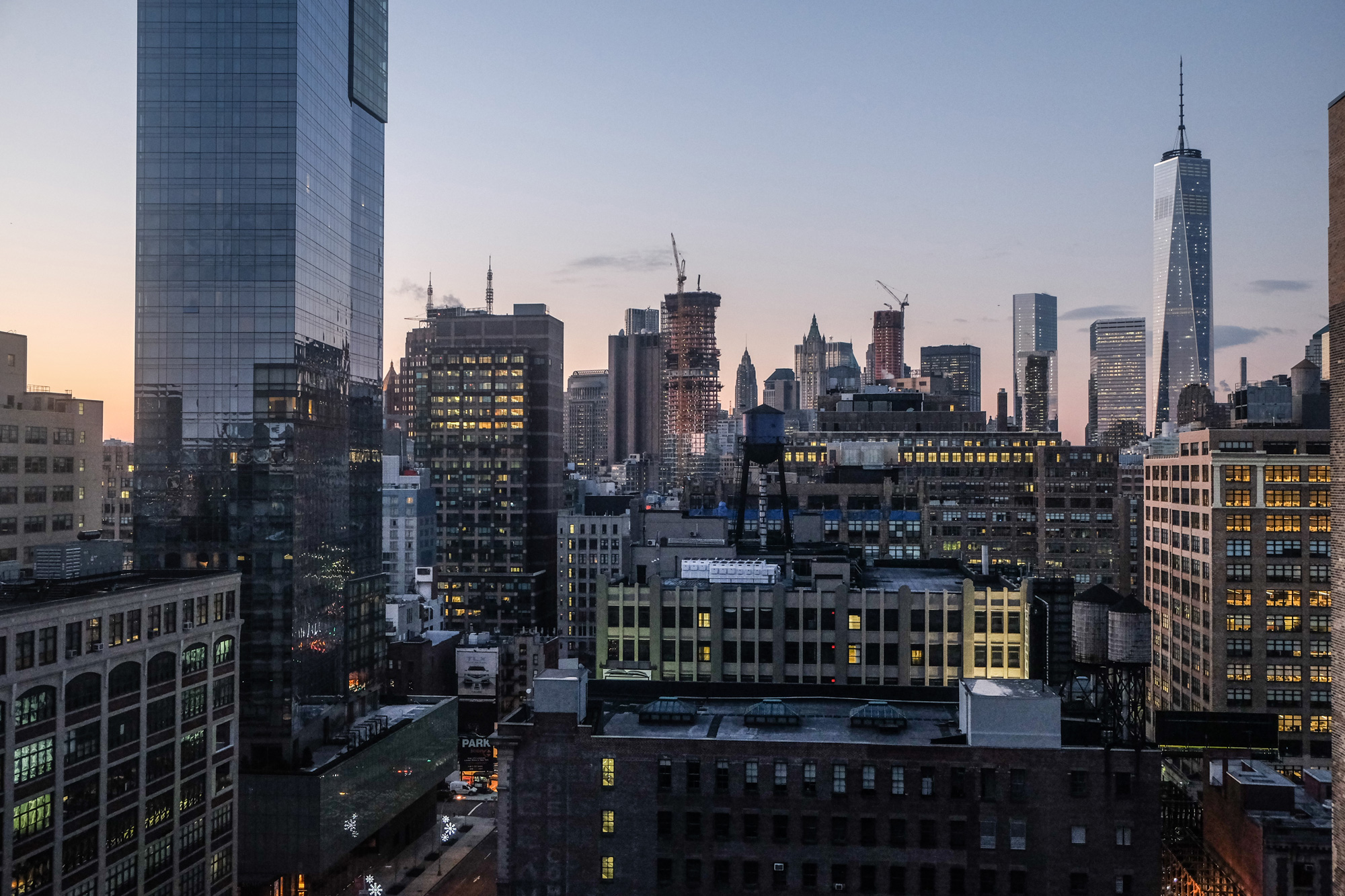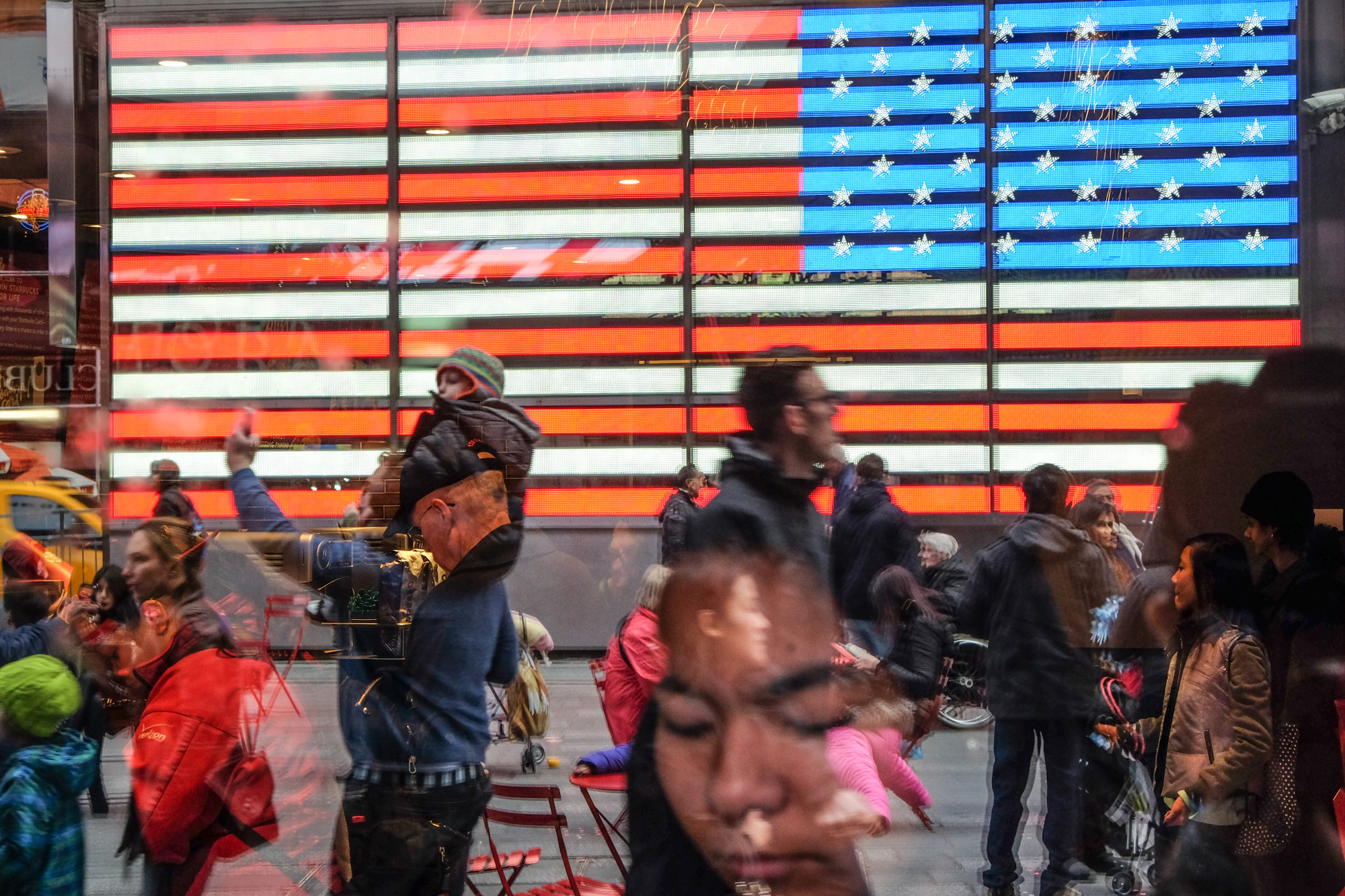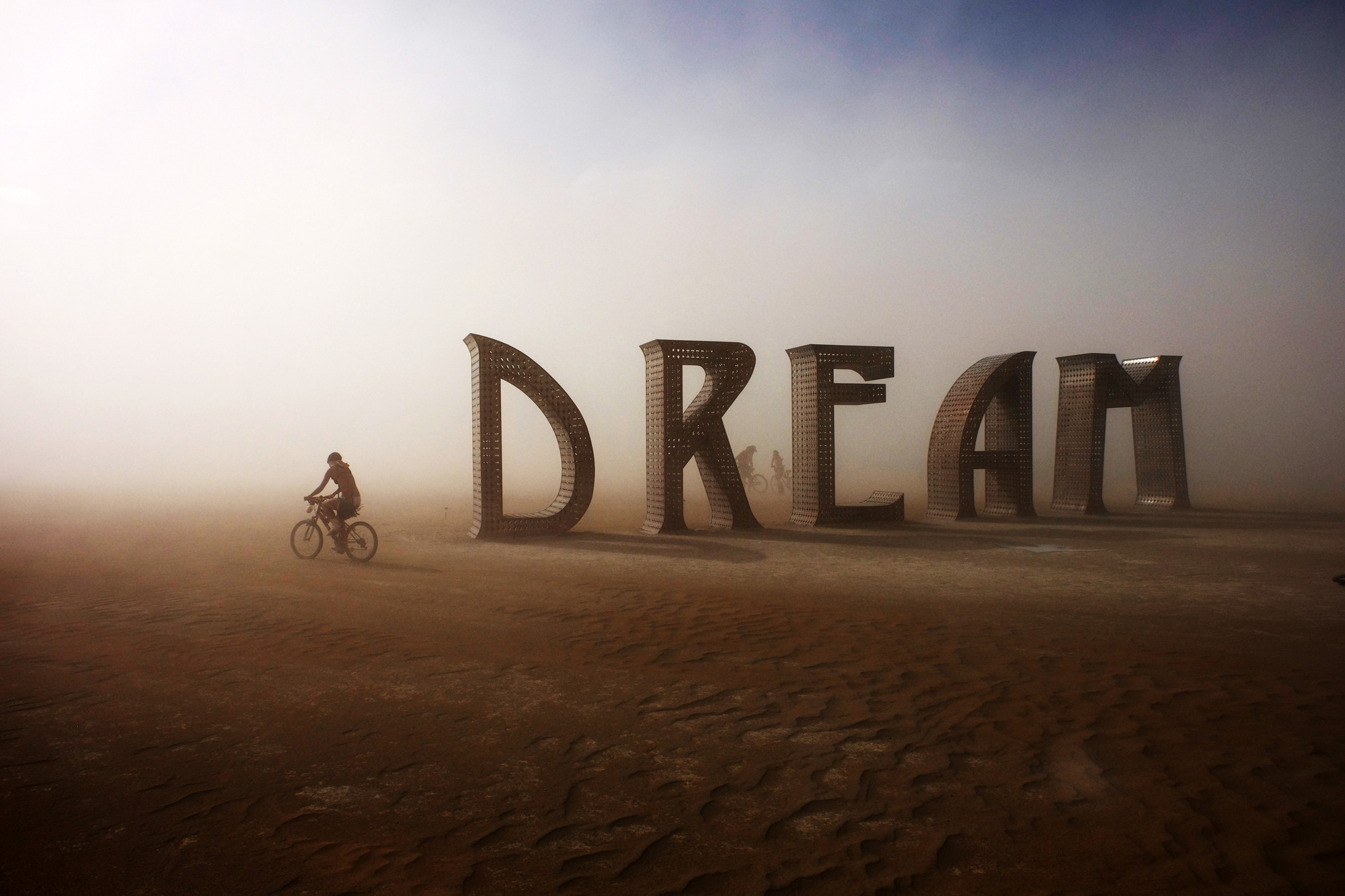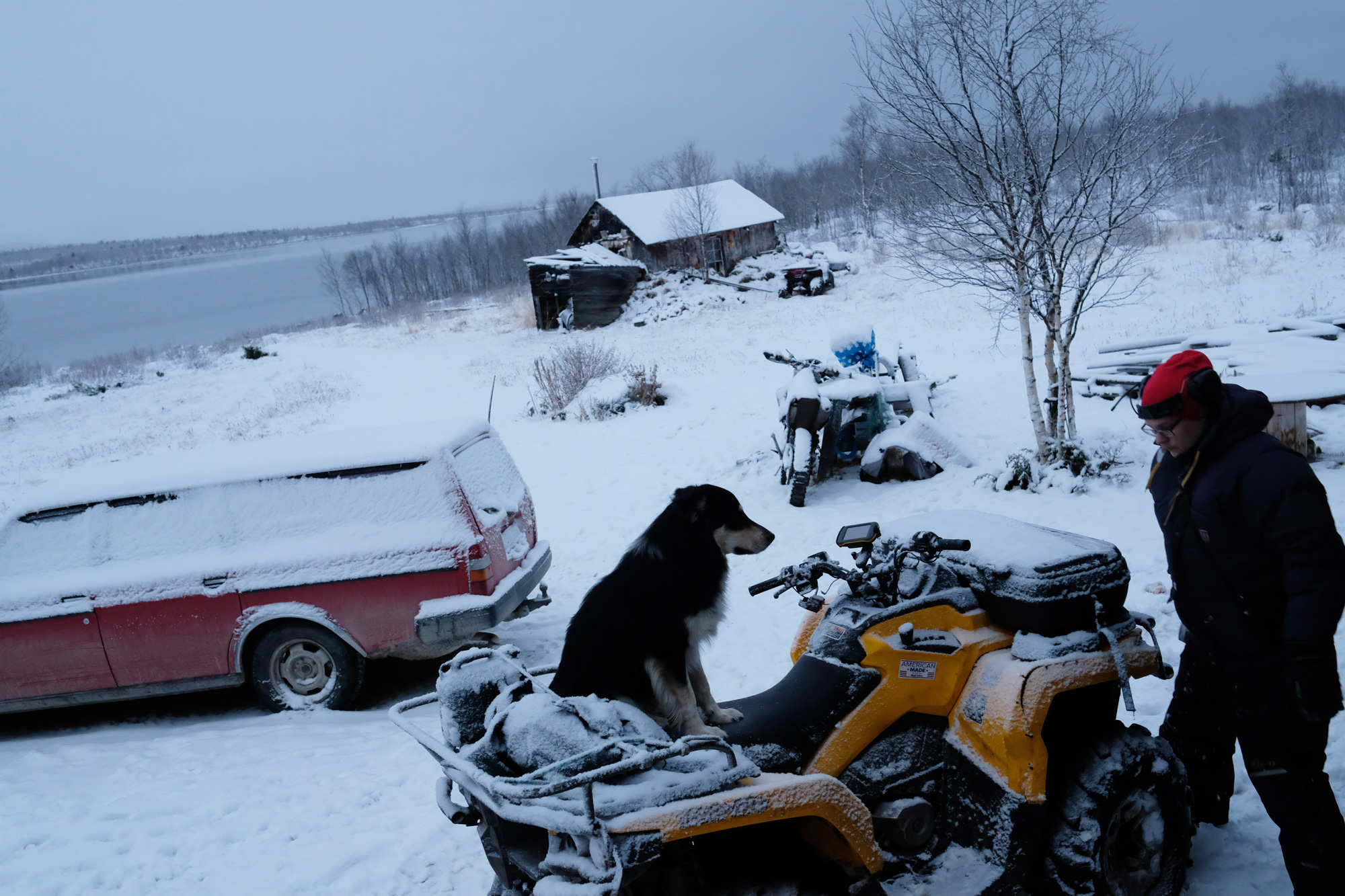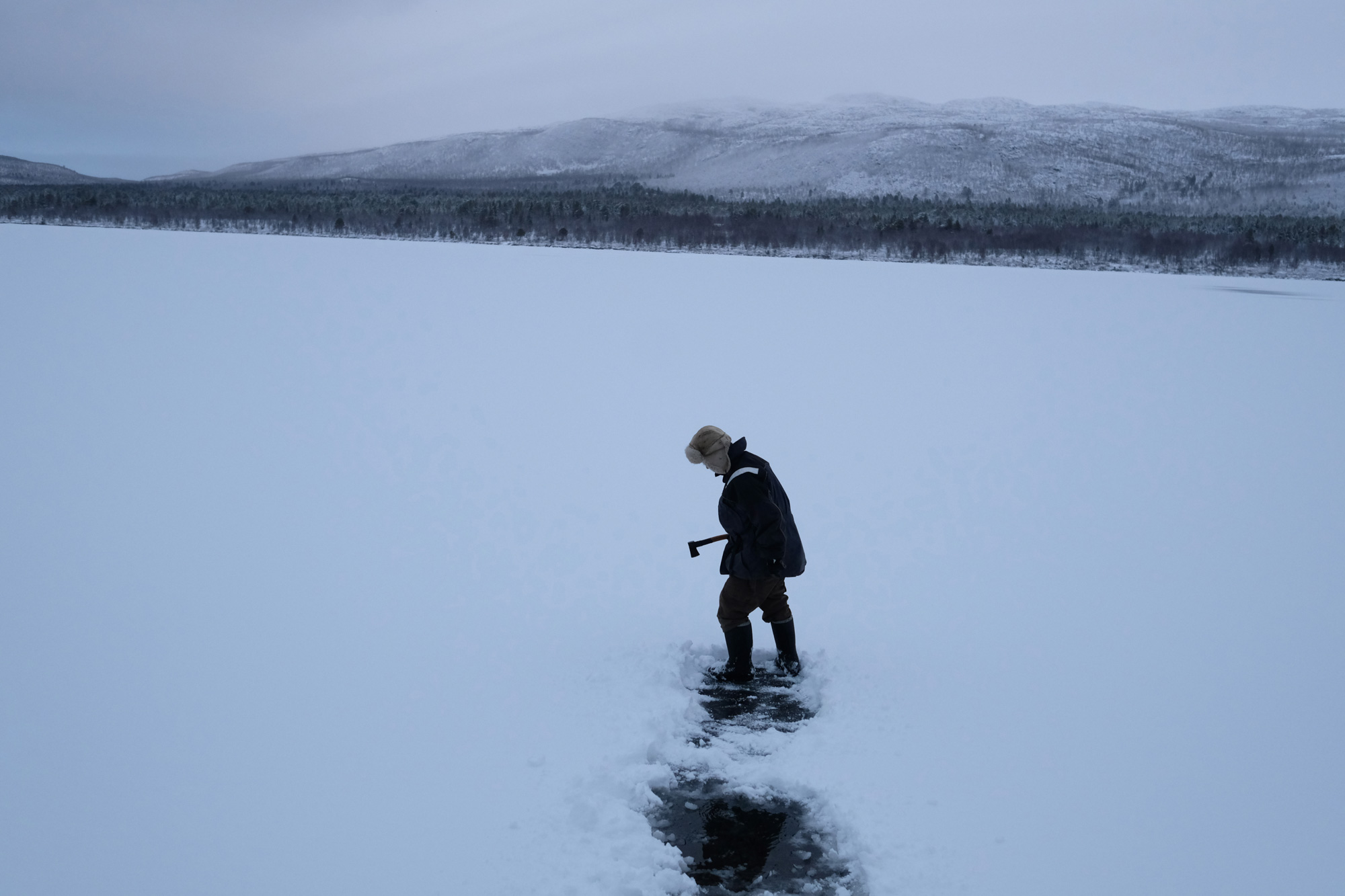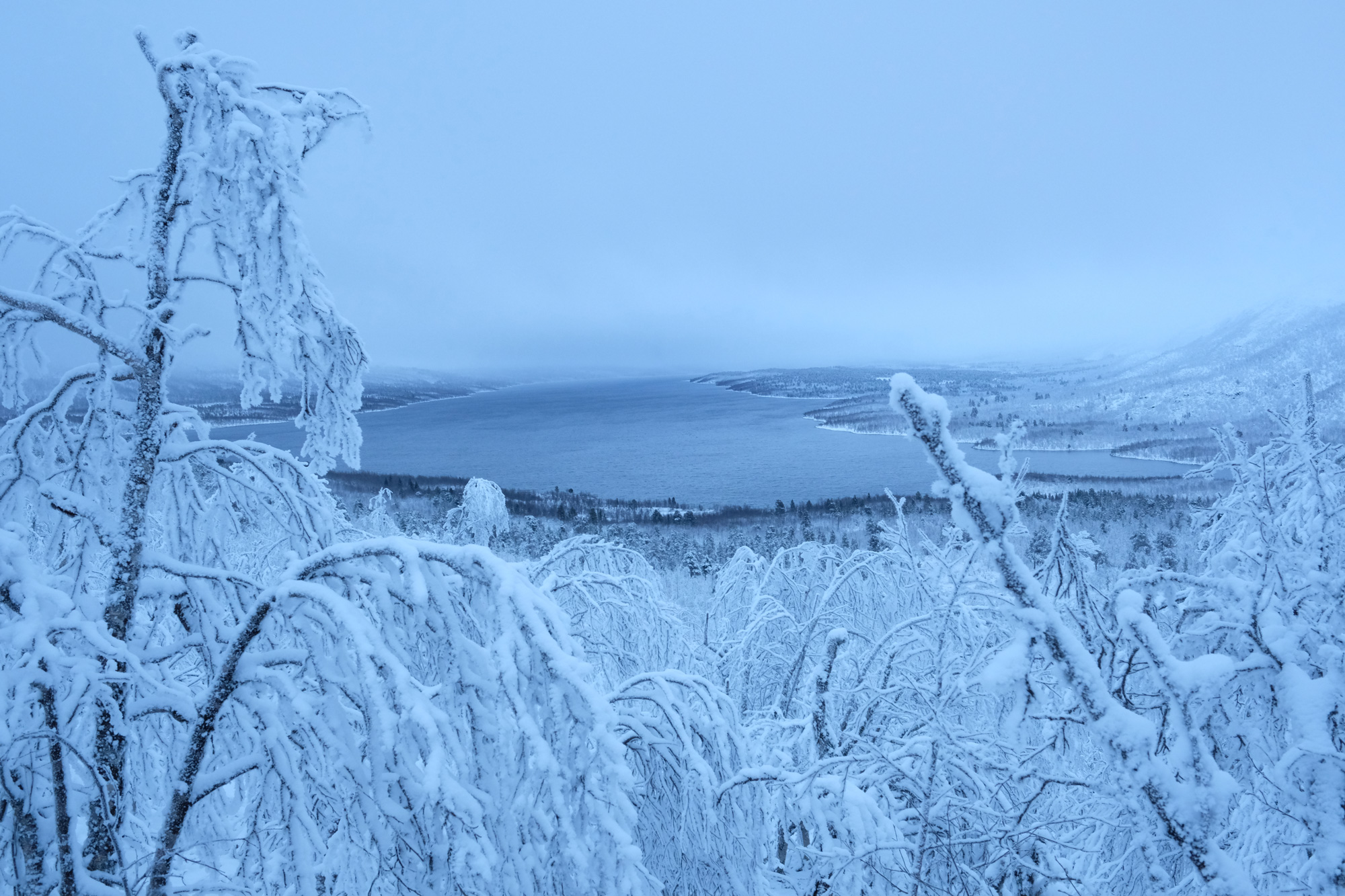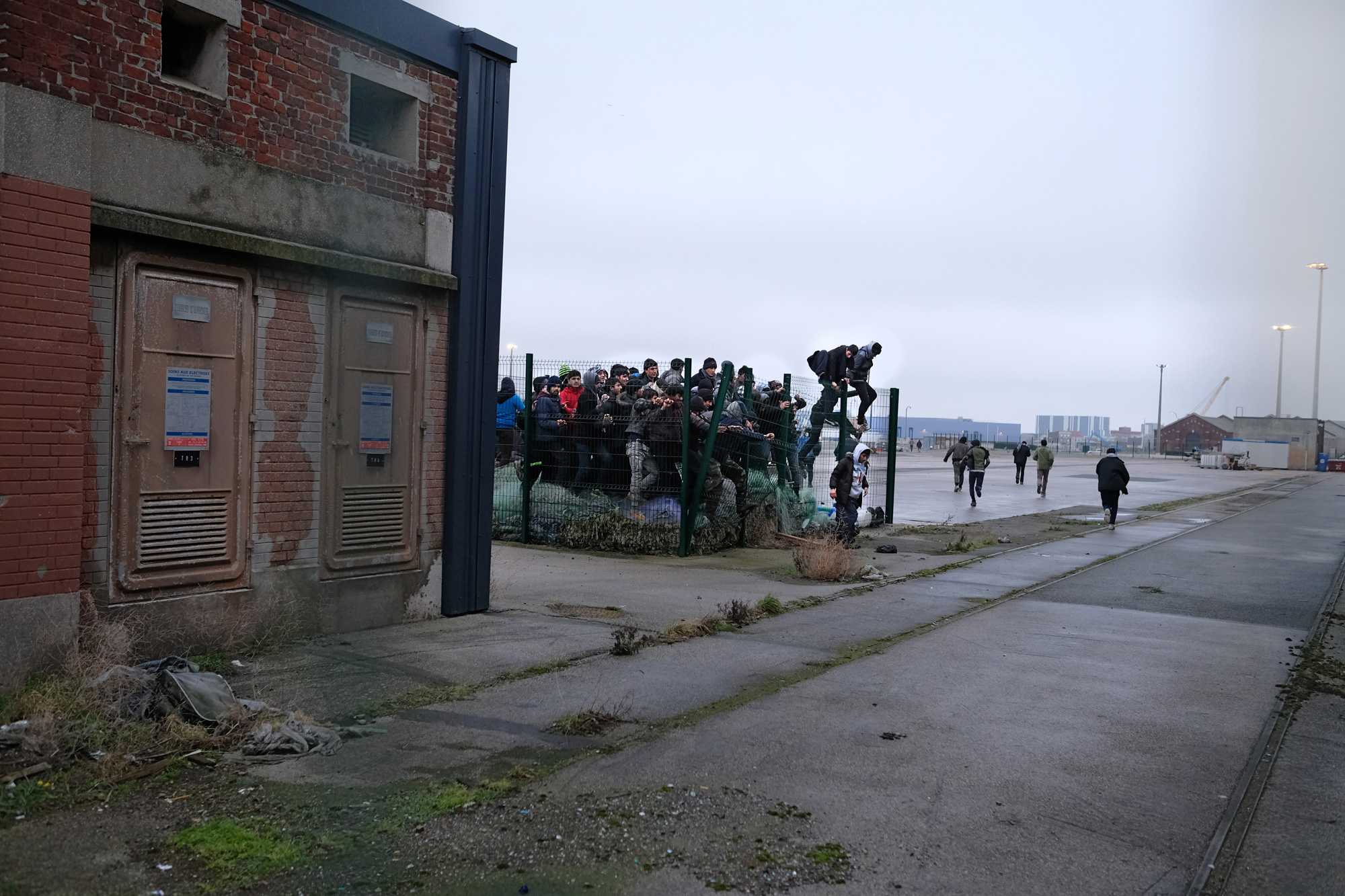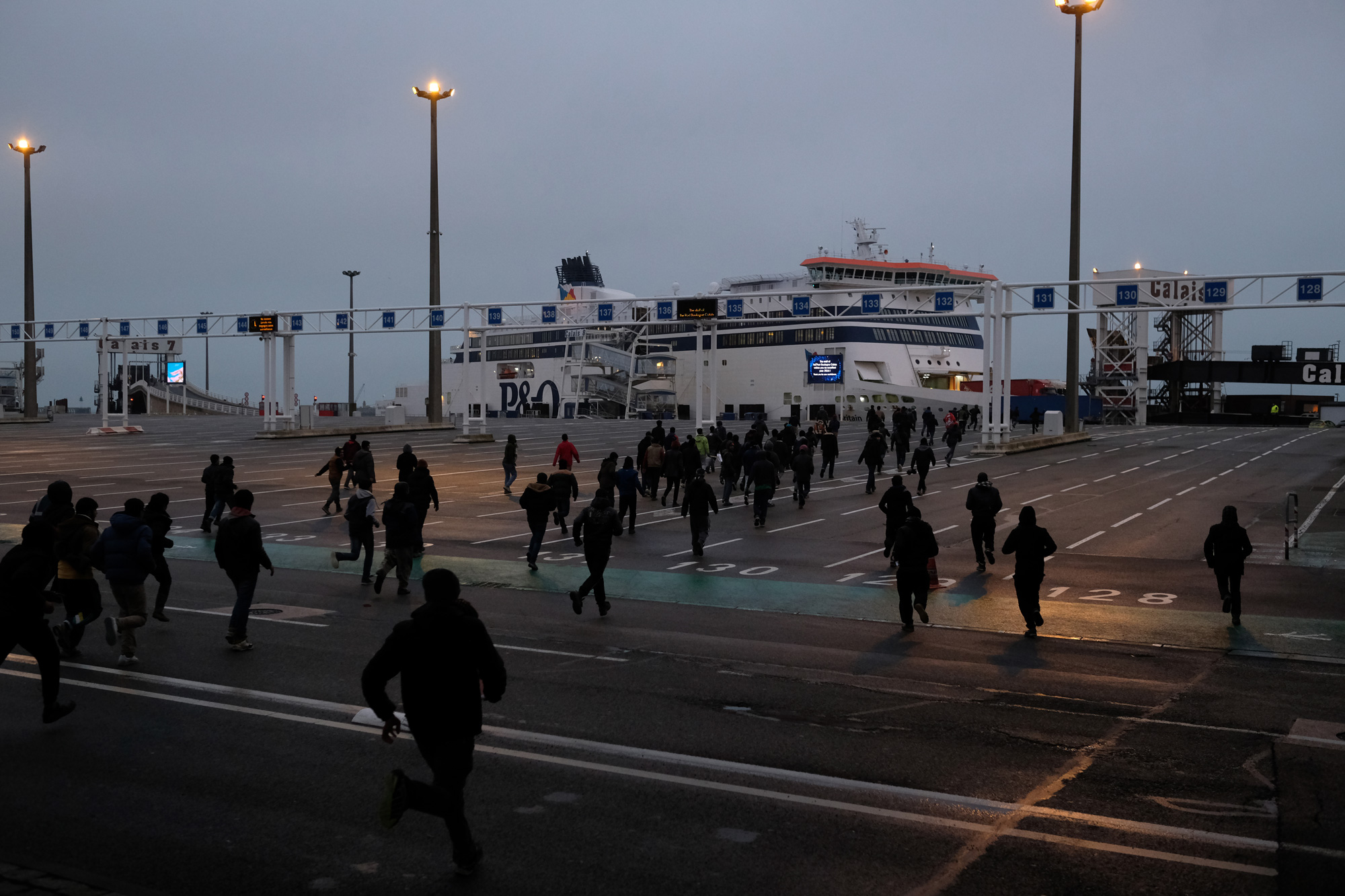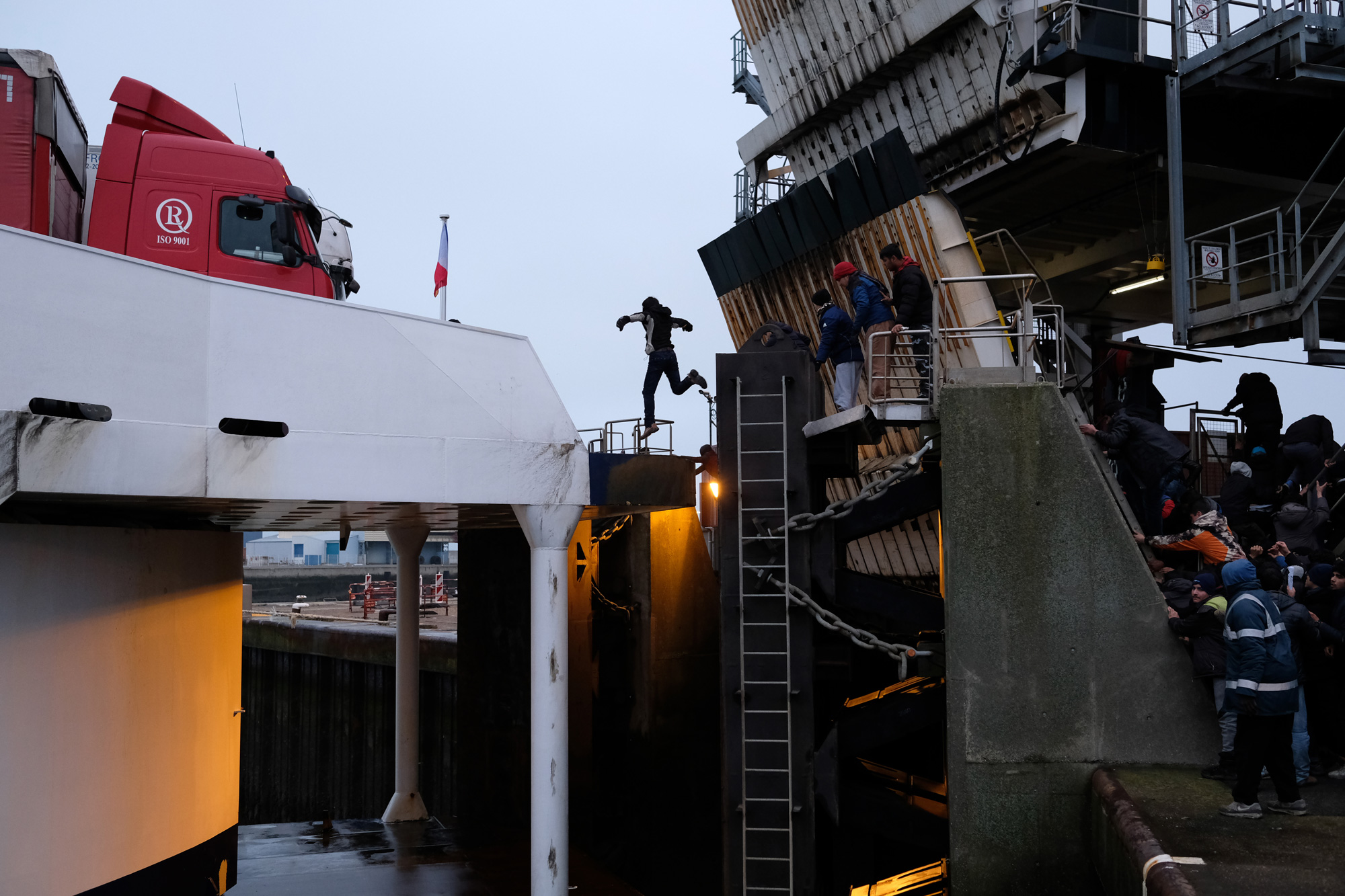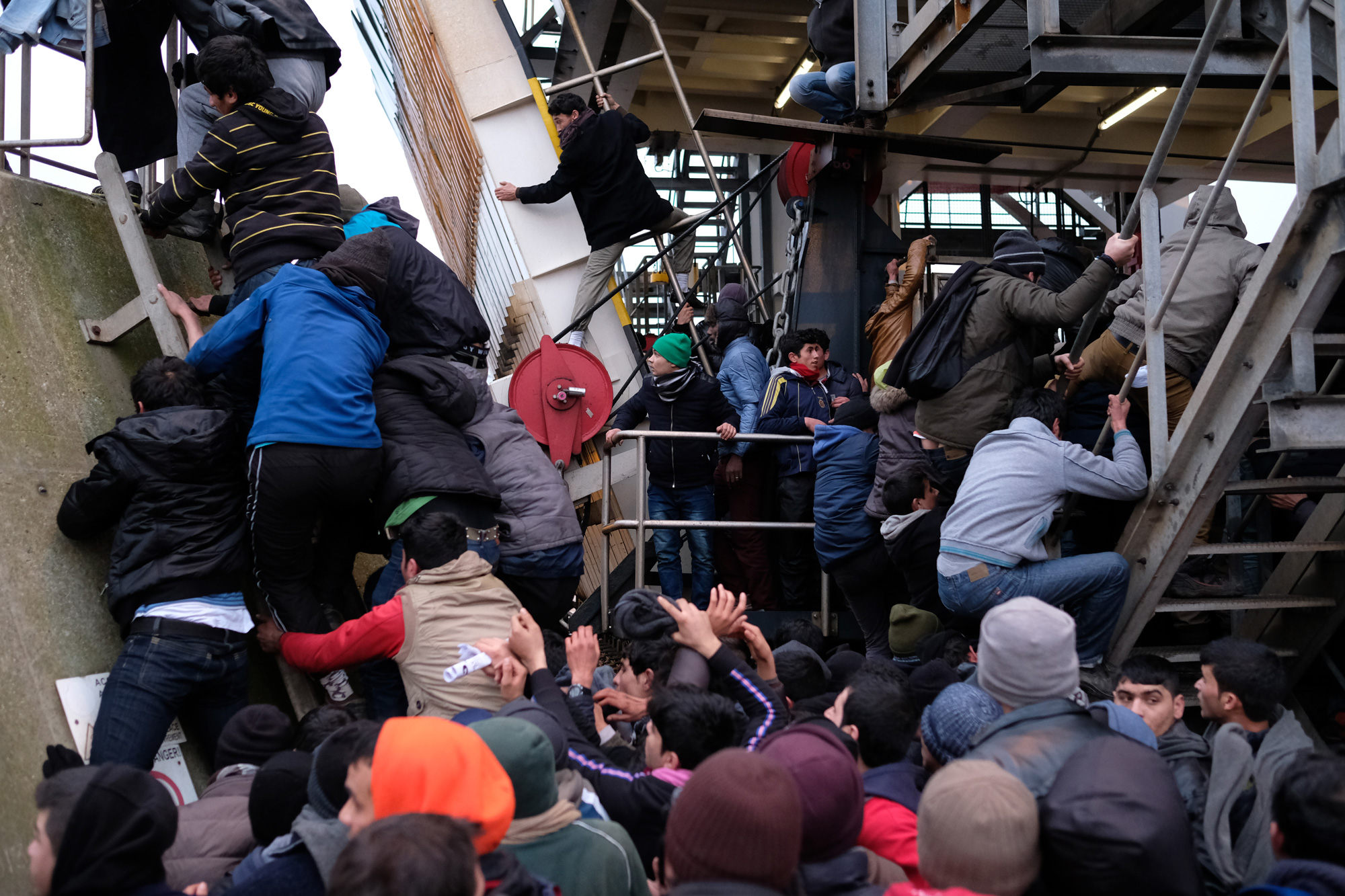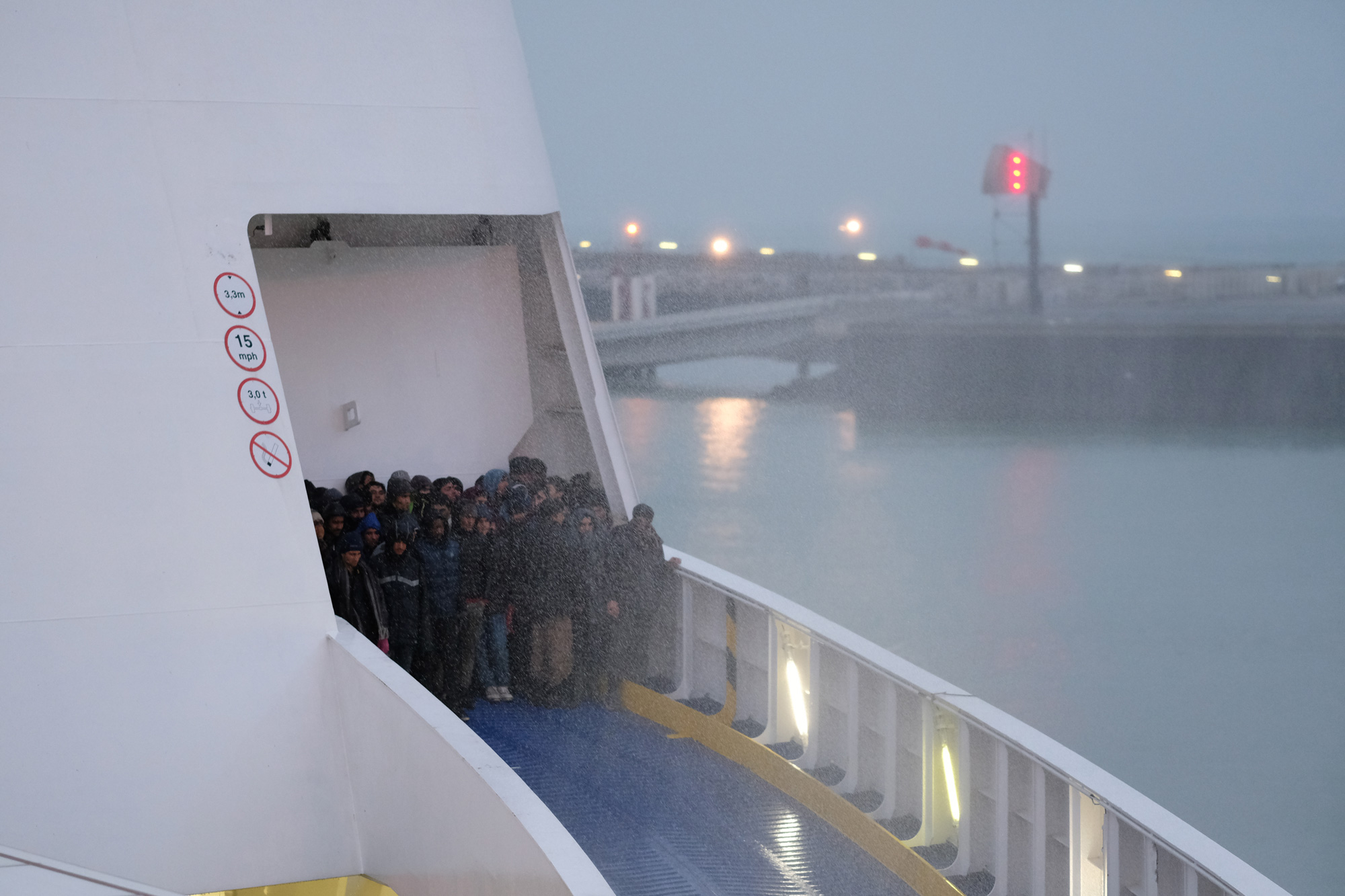
4 years passed by Eric Bouvet
Eric Bouvet
Eric Bouvet es un fotógrafo francés nacido en 1961. Empezó su carrera en 1981 tras finalizar sus estudios de arte y técnicas gráficas aplicadas en la Estienne School de Paris.
Su interés por la fotografía parece que empezó cuando, a la edad de 8 años, vio en televisión los primeros pasos del hombre en la luna. La fuerza de la retransmisión de la información en directo, el impacto de la imagen de ese momento histórico parecen ser los principales factores que le impulsaron a captar la evolución del mundo en 120 países diferentes durante los últimos treinta años.
Eric Bouvet trabajó como fotógrafo para la agencia Gamma durante los años ochenta. Desde 1990 trabaja de forma independiente.
En 1985 alcanzó notoriedad internacional por la cobertura de la erupción volcánica del Armero en Colombia. Después cubrió los principales conflictos del pasado más reciente en Afganistán, Iraq, Irán, Líbano, Chechenia, Sudán, Somalia, Yugoslavia, Israel, Irlanda del Norte, Kurdistán, Angola, Surinam, Ruanda y Libia.
También cubrió destacados acontecimientos internacionales, como el funeral del ayatolá Jomeini, las protestas de la Plaza de Tiananmen en China, la caída del Muro de Berlín, la revolución de terciopelo checa, la salida de prisión de Nelson Mandela y los juegos olímpicos.
También ha trabajado en muchos temas sociales, como las cárceles rusas, los soldados jóvenes en portaviones, el trabajo de la policía francesa en los suburbios, los últimos mineros de Francia y la vida de los niños que sufren cáncer en un departamento de pediatría.
En los últimos tres años ha estado trabajando en dos temas documentales de largo recorrido denominados “Amor” y “Paz”.
Sus trabajos se han publicado en las principales revistas internacionales como Time, Life, Newsweek, Paris-Match, Stern, Sunday Times Magazine, NYT Magazine, Der Spiegel y Le Monde.
Ha colaborado en campañas fotográficas para las Naciones Unidas, numerosas ONG y organizaciones benéficas como “Médicos Sin Fronteras (MSF)”, el Comité Internacional de la Cruz Roja, “Médicos del Mundo (MDM)” y “Acción Contra el Hambre (ACH)”.
Eric Bouvet ha ganado cinco Premios World Press, una “Visa d’Or” del Festival Fotográfico de Perpignan, el premio Bayeux para corresponsales de guerra, el Premio de Paris-Match y la medalla de oro en el 150 aniversario de la Fotografía.
August 2011: Libya
I started using the X series in August 2011. The attack and capture of Gaddafi’s barracks in Tripoli, Libya drove the fall of the dictator. I was using an X100 and unfortunately, to protect myself during a rocket firing, I threw myself among the stones broke the LCD. It would have been the same with any another camera, but the need for me to switch from DSLR to Mirrorless was obvious from this day. The files were already substantial at the time despite the sensor size. I did not wait long then I became the first Fujifilm French Ambassador in January 2012. A year after I won a “Visa d’or” award of photojournalism for my work in the Photo festival of Perpignan and several pages published in the Figaro Magazine.
August 2012: Burning Man
In August 2012, I went to the Burning Man a famous Festival of almost 70000 people in the Nevada desert with just two lenses: the XF18mmF2 and the 35mmF1.4. I felt completely free for a week of celebration, full of smiles, shares and wonders. That was a real test against the weather, because the dust and sandstorm were ubiquitous throughout the stay. In the beginning, I protected the equipment with plastic bags, but the abrasion was so strong that the bags became completely opaque. So I had to leave them in the open air which was similar to sandpaper. Both the camera and lenses resisted perfectly. It was, in 35 years of shooting, my biggest success with 14 pages published in Paris Match and dozens of exhibitions around the world. Not too bad for my first big shoot with the X-Pro1.
February 2013: Kumbh Mela in India.
This is the largest global gathering that takes place every 144 years. With such a crowded event, it’s necessary to take images without being weighed down by heavy equipment. I walked over 20km a day from 3 am here the night is cold, so you have wear warm clothes and then I spent the days in a heavy crowd of several million people who sometimes drove me far away from my way. In such situation the equipment is again very important to allow the photographer to stay as physically strong as possible. And when the physical is fine, the spirit follows.
February 2014: Maidan, Kiev
February 2014, Maidan, Kiev shooting for the magazine “Paris Match” equipped with the new X-T1, XF23mmF1.4 and XF56mmF1.2. At this period, Ukraine was in crisis, the very situation for a reportage working for a weekly magazine like Paris Match. There will be more than 70 dead during these bloody days of February 2014 that will enter in history and had forced the president to leave power. In such situation, with the danger and casualties on all sides, it is better to be “invisible” if you want to stay alive. The more you draw attention, the more you have the chance to be a target. I had to therefore melt myself among the protagonists and again the X Series equipment was a real advantage. A few months later, I won the “Frontline Club” prize in London with these images.
December 2014: New York
December 2014 New York. The city where everybody likes to walk and where it is a pleasure to lose your way. I needed to be here for an order for an institutional book with my large size 20X25 camera. 20km of walking each day was too tiring but I had to produce analogue images in large format. I also carried my X-T1 with a XF18-55mm zoom lens and I made very good pictures with them. My conclusion: It is never necessary to prohibit anything; the desire and pleasure to photograph can satisfy the artistic eye, even when it is not expected.
September 2015: Burning Man
September 2015 back to the Burning Man with a X-T1 camera and XF16-55mmF2.8 and XF55-200mmF3.5-4.8 lenses. Like in 2012, the equipment was not protected and, despite 3 days of sandstorm, stayed functional. I took two zooms to test them and to force myself to shoot differently since I am usually a follower of the fixed focal length. Of course those are great optics. And what’s more, the XF16-55mm’s Weather Resistance gave me more confidence against that quite hellish weather.
October 2015: Lapland
October 2015 Lapland with the X-Pro2 and XF23mmF1.4 R. This was an appointment with the deep cold. Lost in a wild and harsh nature, the X-Pro2 spent days outside, the temperatures oscillating between -15°C and +5°C. The X series cameras are smaller and compact, so they can fit in large pockets. This is very efficient when you have to move by Snowmobiles or quad.
It is a real pleasure to capture images in difficult conditions!
January 2016: Calais, France
January 2016. The migrant camps in Calais, France with the X-Pro2 camera and the XF16mmF1.4 and XF90mmF2 lenses. I have known these types of places in various countries from 35 years traveling around the world. I traveled on dirt roads with my X-Pro2 and fixed lenses. I had always in my mind the respect, modesty and attention. The demonstration ended with a chase that lasted more than 20 minutes. I was happy to hold light equipment. Obviously the port of Calais was ultra secure but nothing can block determined people. The scene was amazing, this human cluster that clung to the boat. It was almost the night. I raised my arm and took pictures using the rear screen. Some pictures with continuous shooting in order to increase my chance of getting the perfect shot. 5 pages in Paris Match reward this work.
















































